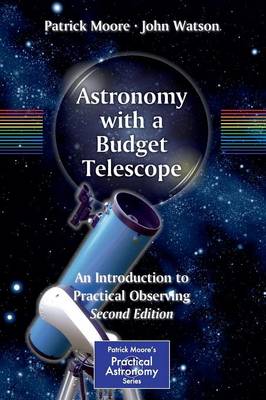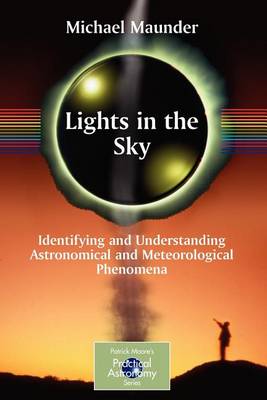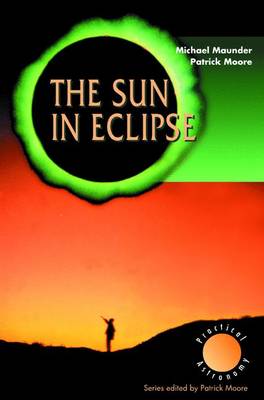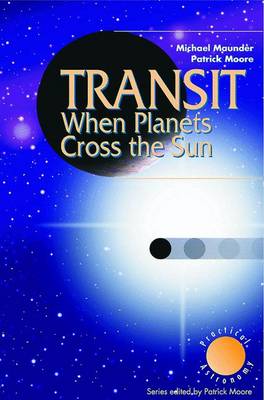The Patrick Moore Practical Astronomy
4 total works
Astronomy with a Budget Telescope, 2nd Edition is a complete introduction to buying and using a low-cost amateur astronomical telescope. It provides essential hints and tips about what to look for when buying on a budget - the best are now excellent value, but they all lack an astronomer's advice about setting them up and using them.
Astronomy with a Budget Telescope was first published in 2003, since then technology has moved on substantially. The main factors are first the availability of fairly inexpensive computer-controlled "go-to" telescopes which after setting up can automatically locate any celestial objects with reasonable accuracy. Second, digital cameras have now almost completely displaced "wet" film cameras, and some of them are particularly well-suited to astronomical use. Third, prices are down and quality is up!
This new edition is revised and extended to include using a low-cost "go-to" telescope - there are various pitfalls to be avoided - and how this class of instrument can make amateur astronomy more accessible to those with limited time at their disposal. It also discusses the new breed of mid-range digital cameras that include powerful on-board processing and image enhancement software that used to be available only to people with advanced astronomical CCD cameras.
Finally, there are detailed reviews and test reports on some of the budget telescopes that are available on Main Street and by mail order.
Many lights and other objects in the sky go unrecognised, or at least are little understood by those observing them. Such things range from the commonplace like rainbows and meteors, to the distinctly unusual like the green flash and ball lightning. And there is still a residuum of objects that remain unidentified by the watcher - classed generally as 'UFOs', a description which today has connotations of the mysterious, even of extraterrestrial visitors.
The first part of this book is an identification guide, very much like the "plant identifier" sections found in a good gardening or botany book. It allows quick (and structured) identification of known aerial phenomena, whether at night or during the day. The objects thus found are referenced to the second part of the book...
The second part gives a full description, physical explanation, and where relevant notes on observing and photographing the various phenomena. Some will need optical aids such as binoculars or telescopes, but the main thrust of the book is identification and explanation rather than imaging.
The final chapter approaches UFOs from a scientific standpoint, particularly the way in which human perception and often preconception affects the outcome. It does however finish with a short section on "extraterrestrial UFOs", emphasising the burden of proof aspect and touching on the scientific theories of life on other worlds and the improbability of visitors.



